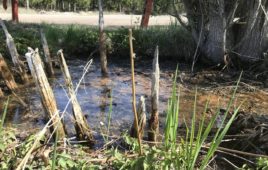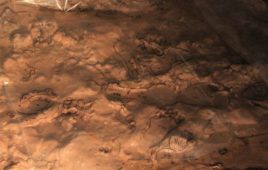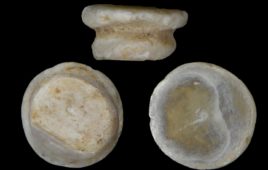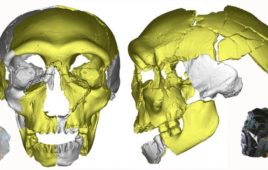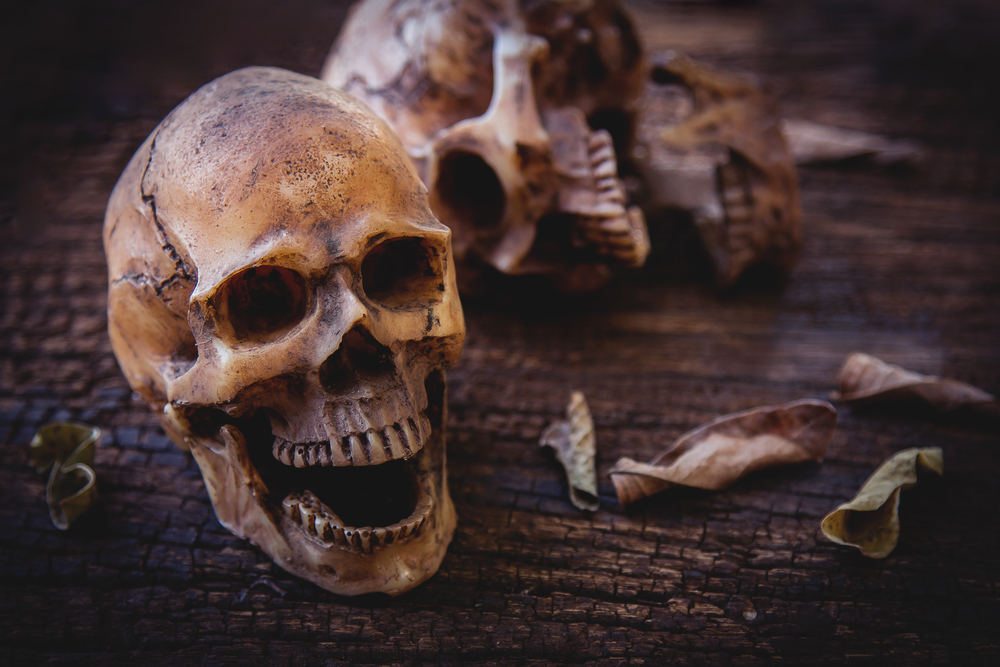
A new study shows that a significant amount of ancient monks from the Byzantine era may have suffered from a hearing impairment. (Credit: Shutterstock)
Ancient monks’ vow of silence made the calling particularly attractive to hearing impaired men.
According to an article in Science News, a team led by bioarchaeologist Margaret Judd, of the University of Pittsburgh, presented findings during the Nov. 19 annual meeting of the American Schools of Oriental Research that shows a substantial minority of Byzantine-era monks displayed skeletal signs of hearing impairments.
Judd’s team reviewed monks buried in a communal crypt at Jordan’s Mount Nebo monastery, where she has directed excavations at dating back to 2007.
The latest study focused on a two-chambered crypt at Mount Nebo containing at least 57 skeletons of men presumed to have been monks. They also discovered oil lamps in the crypt, which are believed to date back to the 700’s.
In approximately 16 percent of the skeletons examined—there was displayed damage to middle ear bones caused by inflammation called otitis media—which frequently occurs in childhood that can lead to lasting hearing problems in adulthood.
According to the article, monks showing signs of the disease likely suffered from mild to moderate hearing loss.
In two of the individuals, the damage to the middle ear bone likely caused severe hearing loss in one ear each, while another individual had a fracture above the left eye that could have damaged the middle ear bones. Another individual, according to Judd, had a thickened skull bone that may have resulted from Paget’s disease—a disease that causes affected bones to weaken, resulting in pain, misshapen bones, fractures and arthritis.
Monks were able to withstand hearing loss because they communicated with hand signals, nods and other gestures.

